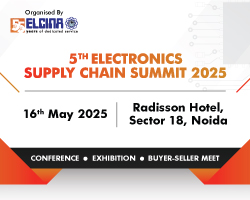Infineon Technologies AG (FSE: IFX / OTCQX: IFNNY) and the Austrian product compliance company Kontrol are entering into a strategic partnership to make the future of mobility as both legally compliant and safe as possible. In the field of autonomous driving, legal requirements, standards, norms, and court rulings still pose major challenges for all market players. For authorities and vehicle registration services, the challenge is to find a safe and cost-efficient approach to autonomous driving licensing in public transport, typically in the form of laws and technologies.
Kontrol translates and digitalizes complex legal regulations and relevant road traffic standards and regulations into machine-readable language. The company’s KoPilot technology checks whether the integrated driver assistance functions are performing in accordance with the law. The concept of Infineon’s AURIX™ microcontroller family with its compatibility and scalability in terms of the processor core, package, safety, and peripherals enables a simple upgrade path. This allows Infineon and Kontrol to provide necessary regulatory updates for their customers at any time, thus ensuring road safety in line with current standards. Together, the two companies can safely integrate the digital driver’s license for autonomous vehicles into intelligent driver assistance systems.
“The software technology from our ecosystem partner Kontrol implemented on the dependable AURIX microcontroller architecture is a step forward to enhance the trust in autonomous driving technology by a deterministic, algorithm-based solution which is able to offer legal based, regulatory boundary conditions for vehicles on the road,” said Lars Wemme, Vice President ADAS, Chassis & EE-Architecture at Infineon.
“We are very pleased to have a strong partner at our side who trusts in our technology and believes in the future of autonomous driving,” said Andreas Lauringer, CEO and co-founder of Kontrol. “With Infineon as the world’s leading expert in automotive semiconductors, together we can make tomorrow’s mobility safer.”












